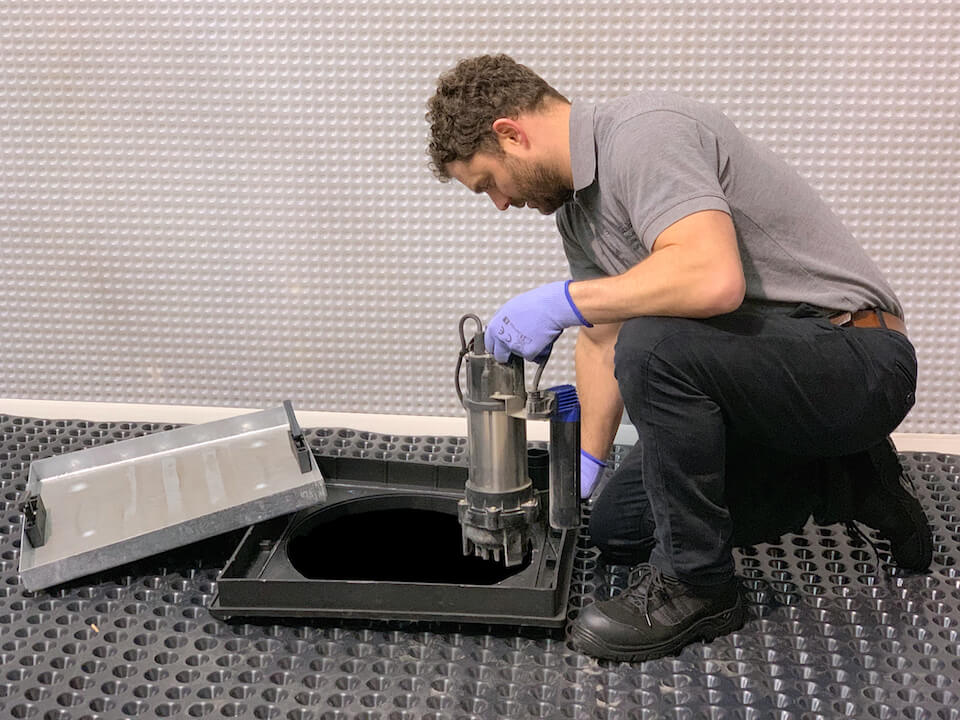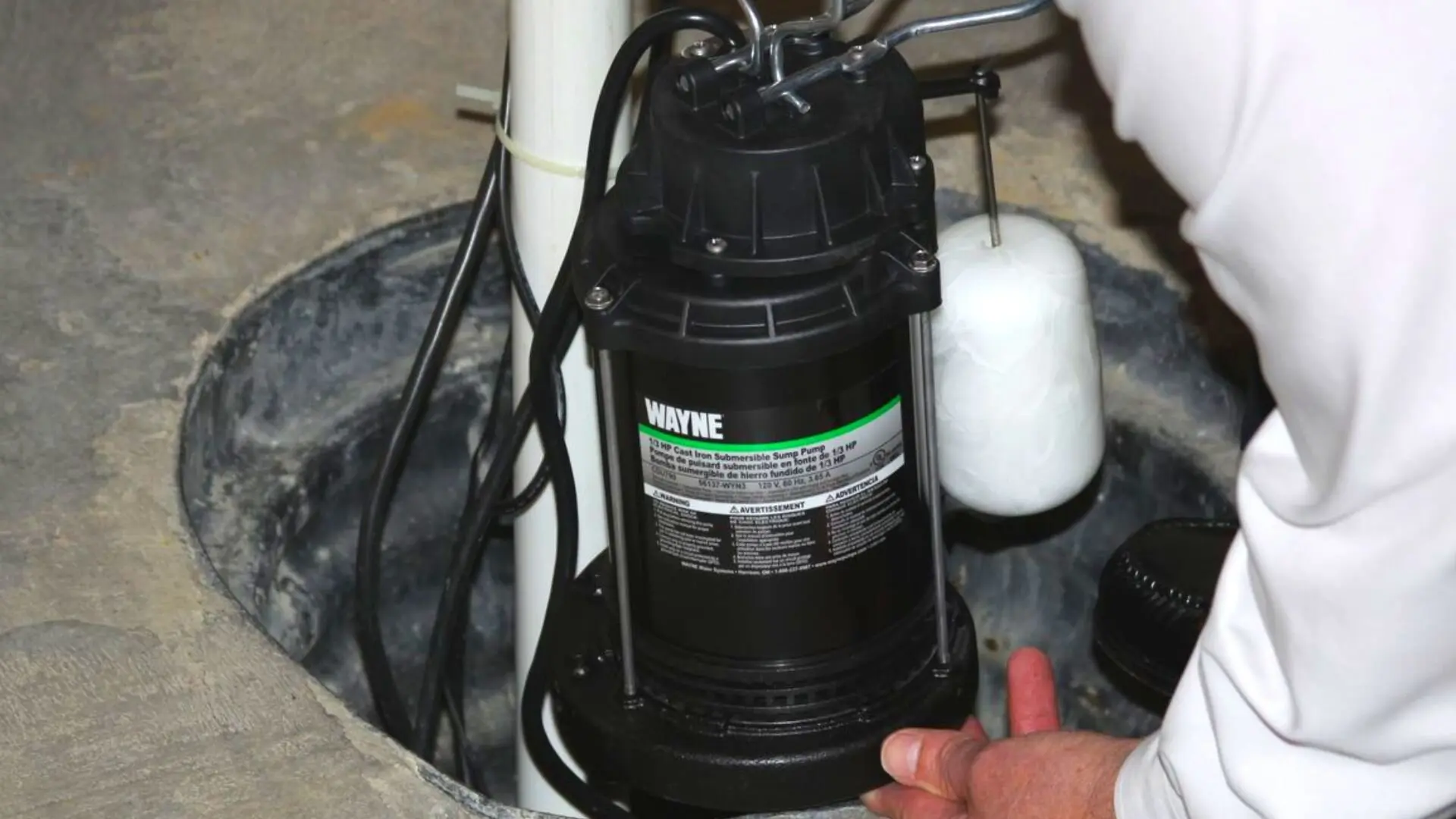Proven Methods for Taking Care of a Sump Pump
Proven Methods for Taking Care of a Sump Pump
Blog Article
Do you find yourself interested in critical info on Cleaning & Maintenance Tips for Your Home's Sump Pump?

Sump pumps are vital parts in lots of homes, specifically in areas prone to flooding or too much wetness. They help prevent water damages by efficiently getting rid of excess water from basements or crawl spaces. However, like any other appliance, sump pumps call for regular maintenance to guarantee they function successfully when required the most. Cleaning your sump pump is an important part of its maintenance, and understanding how to do it properly can conserve you from costly repair work and possible calamities.
Intro
Keeping a clean sump pump is crucial for its appropriate functioning and durability. Ignoring this essential job can cause blockages, malfunctions, and inevitably, water damages to your home. For that reason, learning just how to clean a sump pump is crucial for homeowners who rely upon these devices to keep their basements completely dry and protected.
Signs of a Dirty Sump Pump
Understanding when your sump pump requires cleansing is essential for stopping possible breakdowns. Some usual indications that indicate a dirty sump pump include weird noises during procedure, reduced water flow, and noticeable debris in the pit. If you discover any one of these signs, it's important to clean your sump pump without delay to stay clear of any further concerns.
Preparing for Cleansing
Before you start cleaning your sump pump, it's necessary to take some safety and security preventative measures. Begin by shutting down the power to the pump to prevent any kind of electrical mishaps. Additionally, put on ideal protective equipment, such as gloves and safety glasses, to safeguard on your own from dust, particles, and possible virus.
Understanding the Sump Pump
Before diving right into the cleansing procedure, it's important to have a basic understanding of exactly how a sump pump works. Commonly installed in a pit or container below the basement flooring, a sump pump consists of several key components, including a pump, a float switch, and a discharge pipeline. When water accumulates in the pit, the float button triggers the pump, which then pumps the water out through the discharge pipeline, away from the building's structure.
Step-by-step Overview to Cleaning Up a Sump Pump
Shutting Off the Power
Begin by disconnecting the power supply to the sump pump to stop any type of crashes while cleansing.
Checking for Appropriate Functioning
Before re-installing the pump, do a quick test to make sure that the float switch turns on the pump correctly. Pour some water right into the sump pit and observe the pump's procedure. If every little thing is operating properly, you can rebuild the pump and reconnect the power supply.
Removing Debris and Dirt
Make use of a pail or an inside story to eliminate any type of noticeable particles, dirt, or debris from the sump pit. Dispose of the debris correctly to stop it from obstructing the pump or the discharge pipe.
Cleansing the Pump and Float Switch Over
When the pit is free from debris, carefully eliminate the pump from the pit. Inspect the pump and the float switch for any kind of signs of damage or wear. Utilize a soft brush or towel to clean the surfaces and eliminate any kind of accumulated gunk.
Flushing the System
After cleaning the pump and float button, flush the sump pit with tidy water to get rid of any kind of continuing to be dirt or sediment. This will assist make certain that the pump runs efficiently and effectively.
Maintenance Tips to Keep Your Sump Pump Clean
Along with routine cleansing, there are a number of upkeep pointers you can follow to maintain your sump pump in ideal condition:
Conclusion
Cleaning your sump pump is a crucial facet of its maintenance and makes certain that it operates effectively when you require it the most. By complying with the actions laid out in this guide and incorporating normal maintenance right into your regimen, you can extend the life-span of your sump pump and secure your home from water damages.
6 STEPS ON HOW TO CLEAN A SUMP PUMP PROPERLY
UNDERSTANDING SUMP PUMPS
Your sump pump plays a crucial role in protecting your home by managing and removing excess water. It primarily functions as a “shield”, guarding your basement against the damaging effects of water accumulation. The pump is housed in a sump pit in the lowest part of your basement, and its job is to pump out any water that collects there.
During heavy rainfalls or when snow melts rapidly, water can infiltrate your basement, posing potential risks like flooding, structural damage, and harmful mold growth. Here, the sump pump springs into action, pumping out the intruding water and directing it away from your home.
SAFETY FIRST
Before cleaning, remember to prioritize safety. Disconnect the sump pump from the power source to prevent any accidental electric shocks. Also, wear sturdy gloves to protect your hands from any sharp or dirty components within the pump.
REMOVE THE SUMP PUMP
After ensuring your safety, the next step is to remove the sump pump from its pit. Doing this might require careful maneuvering as you don’t want to damage any pump components. Once removed, clean the sump pit to remove any accumulated debris or sludge.
INSPECT THE PUMP
Inspect the pump for any visible signs of wear or damage. Check the power cord, float switch, and impeller housing. If any components look worn out or damaged, consider replacing them to ensure optimal performance.
CLEAN THE PUMP
Thoroughly clean the pump with warm, soapy water. Make sure to rid it of any dirt, gravel, or other debris that might impede its performance. You can use a toothbrush to clean the small, hard-to-reach parts of the pump.
REINSTALL THE SUMP PUMP
Reinstall the pump into the sump pit Make sure it’s positioned correctly to remove the water effectively Once it’s back in place, reconnect it to the power source TEST THE PUMP
Finally, pour some water into the pit to ensure the pump works correctly. It should start automatically and begin pumping out the water; if it doesn’t, check the power source and the positioning of the pump.
Remember, while cleaning your sump pump is an essential part of home maintenance, hiring a professional plumber for a thorough inspection and cleaning at least once a year is also important. This will ensure that your pump is in optimal condition, ready to protect your home from potential water damage.
BEST PRACTICES FOR CLEANING SUMP PUMP DISCHARGE PIPES
Regular Inspection: Regularly inspect your discharge pipes, especially during heavy rainfall or snowmelt periods. Look for any signs of blockage or damage. Early detection of problems can prevent serious issues down the line. Periodic Cleaning: Over time, sediment and debris can accumulate in the discharge pipes, impeding the flow of water. Regular cleaning helps keep the pipes clear and functioning efficiently. You can use a high-pressure water jet to effectively clean the pipes. Insulation During Winter: In colder climates, discharge pipes can freeze, blocking the outflow of water. Protect your discharge pipes from freezing temperatures by insulating them with foam pipe insulation. This will ensure the sump pump can continue to discharge water even in freezing conditions. Proper Positioning: The discharge pipe should be positioned to direct water away from your home’s foundation. Improper positioning can lead to water seeping back into the basement. Ensure the pipe is long enough and angled correctly. Installation of a Check Valve: A check valve prevents water from flowing back into your sump pit after the pump has pushed it out. Installing a check valve helps maintain the efficiency of your sump pump and reduces the risk of flooding. Minimize Pipe Turns: Every curve or turn in the discharge pipe can decrease the efficiency of water flow. By minimizing turns and bends in your discharge pipe, you can increase the efficiency of your sump pump. https://www.fullspeedplumbing.com/how-to-clean-a-sump-pump-properly9999/

I ran across that blog post about Keep Your Sump Pump Clean, It'll Keep You Dry when exploring the web. Are you aware of another person who is fascinated about How To Effectively Clean A Sump Pump? Feel free to promote it. Thanks so much for your time spent reading it.
Call Today Report this page